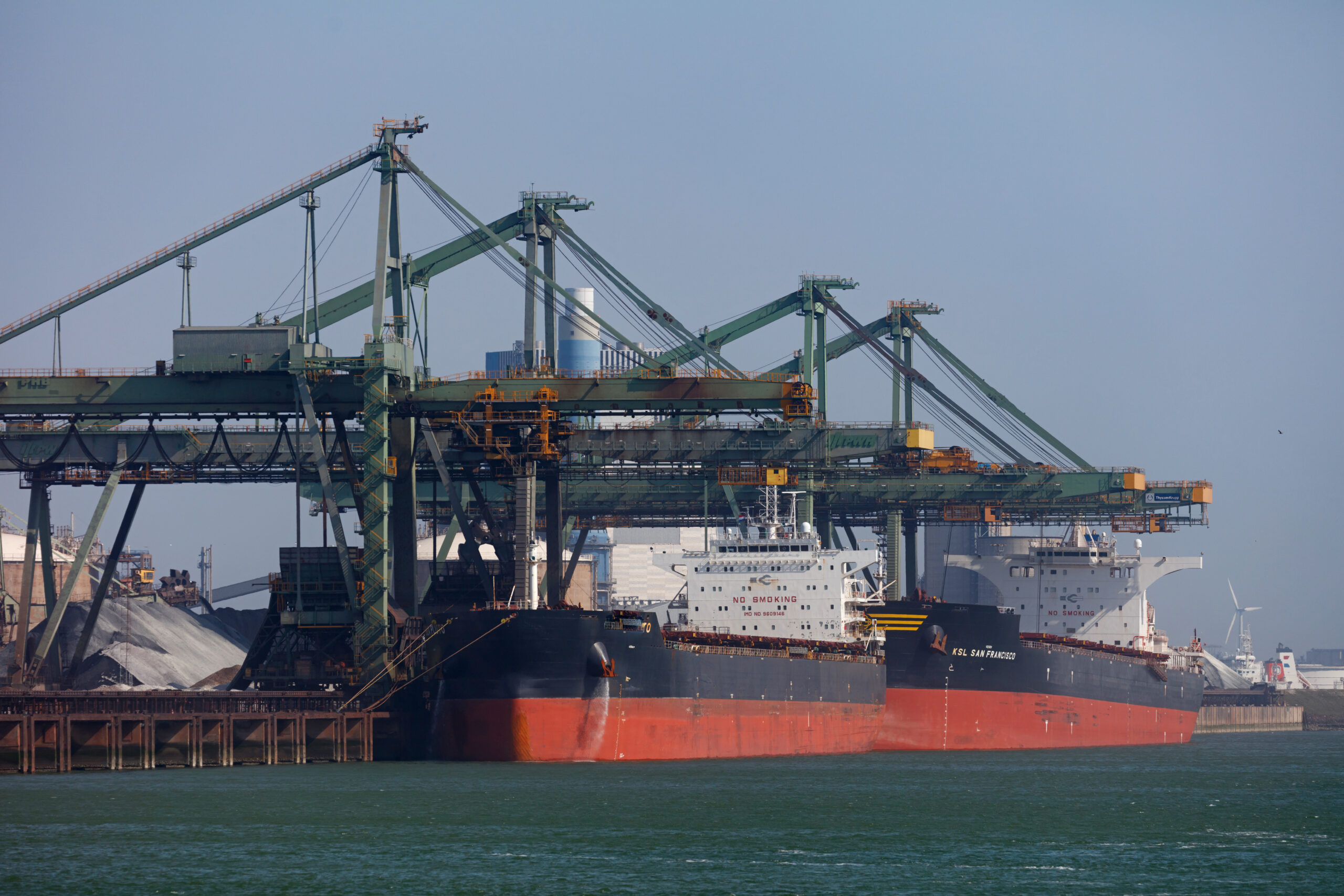
2022, at the beginning of the year, was expected by optimistic analysts, to be a moderately good year for dry bulk. This is in comparison to the stellar year that 2021 proved to be for the segment. The year started fairly normal with a dip that was not expected to see recovery until the second half of the year when the market usually catches its stride. The external shock, economically speaking, that the invasion of Ukraine caused could not have been predicted. This pushed rates upwards from having started the year in negative territory, to rates well above the 0 line in the second quarter of 2022. That being said, the BDI has shown that there is a downward pressure on freight rates at the end of the year.
Analysts point to a lot of factors, ranging from seasonal demand, claiming that the summer months of the Northern Hemisphere are always challenging, but given the that the second half of the year falls in this period the rates should rally or stabilize. As such, the decline the BDI was experiencing in the summer months was not a source of concern, but rather the market acting as it should. This was re-affirmed by the recovery that the BDI saw in the month of September. However, October did not show a continued upward stride for the rates and November saw a decline in rates.
With the above in mind, the monetary policies, meaning interest rate hikes being pursued by various central governments to combat inflation have been kept high for a prolonged time and are now impacting markets, not only in the short run, but also in the medium run. Inflation is still an ongoing issue that most of the world is dealing with, and until it is under control, central banks across the world will try to combat the inflation with the tools at their disposal.
In addition, the situation in the Black Sea does not seem to have any solution any time soon. Russia seems to be entrenching its position and Ukraine with momentum on their side, has no wish to concede any of its lost territory. This has led to a very unstable situation, with war risk premium shooting through the roof, and Russia keeps on trying to push for more items to be transported through the trade corridor deals that have been set up. This causes confusion and adverseness towards engaging in the trade. In addition to trade, there have been reports stating that Ukraine has not been able to sow its lands and as such the available exports from the country will be lower no matter what. China has already reacted to this and started securing corn imports from Brazil, which will most likely cause the Supramax fleet to reposition and disrupt trade while it does so.
The main culprit for the adverse market situation in the dry bulk market is the low Chinese demand. Given all the other factors, the lack of a strong demand from China amplifies the situation. There was not strong rally at the last quarter of the year as many analysts hoped for. In addition, the low season of the segment is closing in, with the end and beginning of the year being the worst time for the dry bulk segment, if looking historically at the BDI. As such, the short and medium run does not look too promising for the segment. Although a small recovery of what was lost in November could be observed in December, the first month of 2023 will be dire, if one looks at the development of the BDI.
